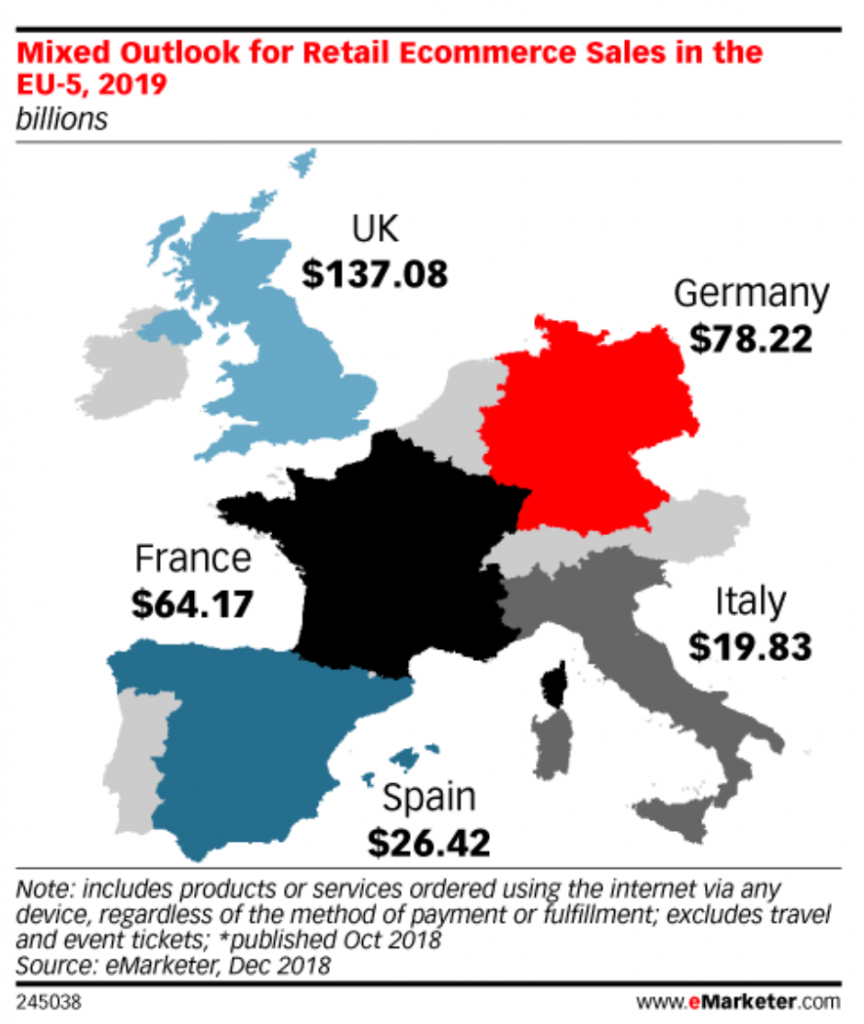Is the consumer journey really that important? Now more than ever. If you’re asking yourself this question, there are probably a few myths that need debunking.
In early 2020, as the first lockdown measures came up in the news, Diogo Cruz, Co-Founder of EZFY, a cloud-based Healthcare company, realized the world had changed.
Instinctively, Diogo knew the changing times demanded swift change. Were the company’s strong financial performance and 100-strong partner community enough to shield it from the changes ahead?
A few weeks later, Diogo contacted Near Partner with a simple question. If our lives and routines are not what they used to be, how can the consumer journey stay the same?
They haven’t, and it hasn’t. In fact, it’s now more important than ever before. Especially since customers are more aware of it.
Going digital–forcibly or otherwise–has put the consumer journey front and center for businesses everywhere. The way companies approach it is in the spotlight, and most importantly, under scrutiny.
In an era where so many businesses are online, customer acquisitions costs are on the rise. People are more willing to trade e-sellers for benefits such as discounts or free shipping, potentially pushing companies to slash prices and cut down margins. In this competitive atmosphere, organizations that excel at supporting their customers gain a competitive advantage and stand apart from their peers.
Not surprisingly with such abrupt change, several myths surrounding consumer journey have gained prominence. For companies keen on truly improving their consumer journey, the time has come to cast these myths aside.
Consumer journey: the myths, the truths, and the right path
Everyone struggles with change. One of the things we struggle about is knowing whether the need for change is real. That’s why myth busting is so important. Here are 4 myths that may be holding you down, as digital transformation goes.
Myth #1. Omnichannel is meant for large organizations
Busted! In fact, omnichannel everything could be a game changer for many companies, in a variety of sectors and sizes. Customers expect to have a seamless experience across platforms and channels, and why shouldn’t they get it?
A brand or business must feel like a whole coherent, unified entity, regardless of platform. Multichannel alone doesn’t cut it anymore. It’s time to step up the game.
Savvy companies learn about their consumer journey while going through the way people interact with different, isolated channels to identify chokepoints.

However, achieving omnichannel’s potential requires attentive engagement, consistent and excellent customer service, and complete communication across channels.
This is where the right CRM tool comes into play. Salesforce, the world’s leading CRM software, gives your organization the power to grow, scale and improve your workforce productivity and customer satisfaction.
At Near Partner, we have the experience and know how to implement, re-engineer your projects and improve the way you do business through Salesforce.
Myth #2. A digital-first business is only for new players
Nope. Not only for new players, and not only for big players. The way we shop is changing and most purchases now start online (yes, even B2B), making digital-first a top priority for leaders.
But what does digital-first actually mean? It’s more than having a website or e-commerce. It’s about changing a company’s culture to place digital at the heart. In a digital-first company, business management activities are digital first. Internal processes and communication too. And the same goes to Consumer journey, where all road leads in the end.
It might be easier for new players to have a digital-first business model, but established organizations can make the transition as well. It has happened all around us during this past year where we’ve all seen how large organizations were quick to leap to the digital world faster than anyone thought possible. How?
Remember EZFY, the healthcare company where Diogo works? As a healthcare company that develops customized programs that promote the effectiveness and safety of pharmacological therapies, becoming a digital first business was a top priority.
At Near Partner, we are proud to have deployed Health Cloud, a Salesforce integrated system, improving the communication among sales team, patients, and providers. Doing so required streamlining Marketing activities, automating back office tasks automatized and enhancing data visualization. In short, EZFY now provides faster and more intelligent service on the customer’s preferred channel.
And no, you don’t need to a be in tech to be a digital-first business. Digital-first could very well translate to customer-first, and this is transversal to all business models.
Myth #3. Digital pushes sales teams to the side-lined
This is probably one of the more pervasive myths: that going digital means people come second place. If you believe that, re-watching Terminator might bring some clarity–remember how in the end it’s people and empathy that actually save humanity?
So, we’ve moved pass the notion that the rise of the machines will eradicate human workers. The fact is, there’s no replacement for a great company culture, the kind that’s created by talented, creative humans.
Like the culture we have here at Near Partner, for example. Last time we checked, we are not humanoids deprived of improvisation or empathy skills. We do believe technology is a great complement to the work developed by our talented teams. And yet, somehow, we manage to get along with each other and do funny things together like, you guessed, re-watch Terminator over and over. I mean, can you believe they’re not going to do another one?
Are sales teams really that different? Digital tools, such as a CRM, can help salespeople add value to the customer’s consumer journey. At the same time, digital helps buyers find solutions, compare alternatives, and evaluate their purchases on a self-service basis, freeing up time for humans to add value. The human side is always key.
Salesforce can ease the Backoffice load of your sales teams. For complex processes that require a skilled hand, our team at Near Partner loves challenges and work alongside sales and marketing teams worldwide. Just get in touch with an expert Near (aha!) you.
#4. Everything will be back to the way it was… pre-pandemic
While some fear it, others long for it: going back to “normal”. Ahh, those lost days where people actually crammed into shops fighting it off for the last piece in their size.
Funny thing about that, though. Experience from countries such as China, which suffered through a SARS pandemic back in 2002-2004, shows us that actually things don’t go back to normal. In fact, digital uptake continued to grow after that period and today, China has one of the most digitalized economies in the world. In 2019, China online sales totalled at 44% of all purchases made in the country. In Europe that number was around 14%.

Going back is just not happening.
While we certainly hope we can get back to our normal personal lives soon, we know that in business there is no going back.
Think about it: this whole situation – which has driven the biggest digital transformation to memory – has changed internal processes, the way buyers interact with businesses, the way businesses market their products or services, and it has changed consumer journeys immensely.
Customers are now used to a new, improved, and integrated customer experience, to constant support and customer service from businesses, and to essentially have more control over their experience. So, no, when it comes to the consumer journey, everything will not be back to “normal”.
The good news is that we can shape what the new normal looks like – and it’s going to be great!
Consumer journey mapping and managing with Salesforce
But how exactly can you improve your consumer journey and live to tell the tale?
There are many, many tools available to help companies track buyers’ journeys. However, the keyword here is integration. To successfully implement a customer relations strategy, companies need to not only gather as much info as possible, but to use it wisely to create an engaging Consumer journey.
One of the best tools for effectively guiding a customer’s consumer journey is Salesforce. It not only gathers the data that businesses need, but it also helps to identify patterns in clients and prospects, allowing businesses to tailor their approach to customers.
At Near Partner we are Salesforce enthusiasts. Our certified developers are fluent in Salesforce and ready to face any challenge that might come along. Heck, we love designing and delivering Salesforce solutions that will empower you to make the right decisions for your business.
Contact us about our services for Salesforce and find out how we can help you take your business to the next level.





